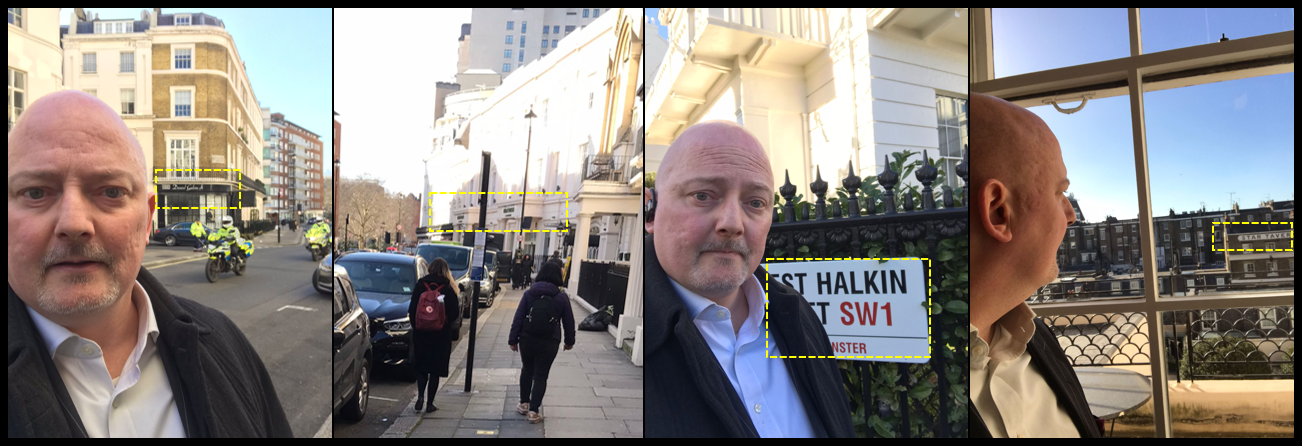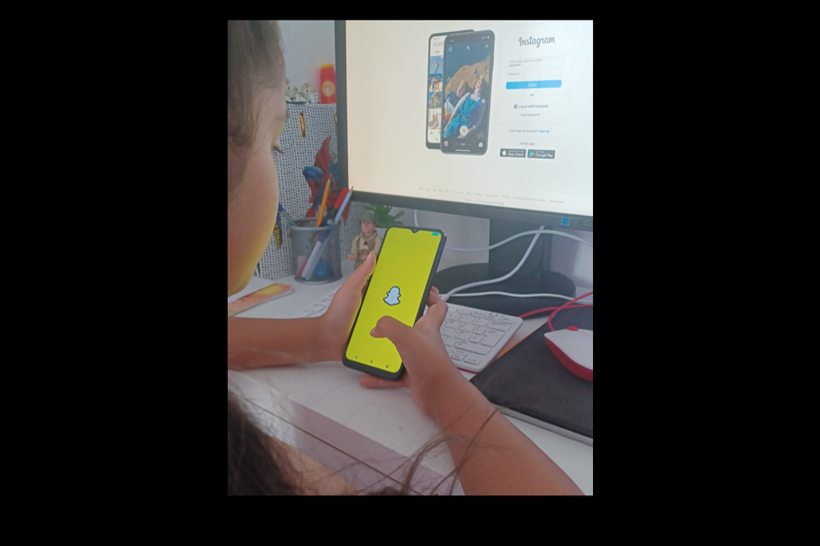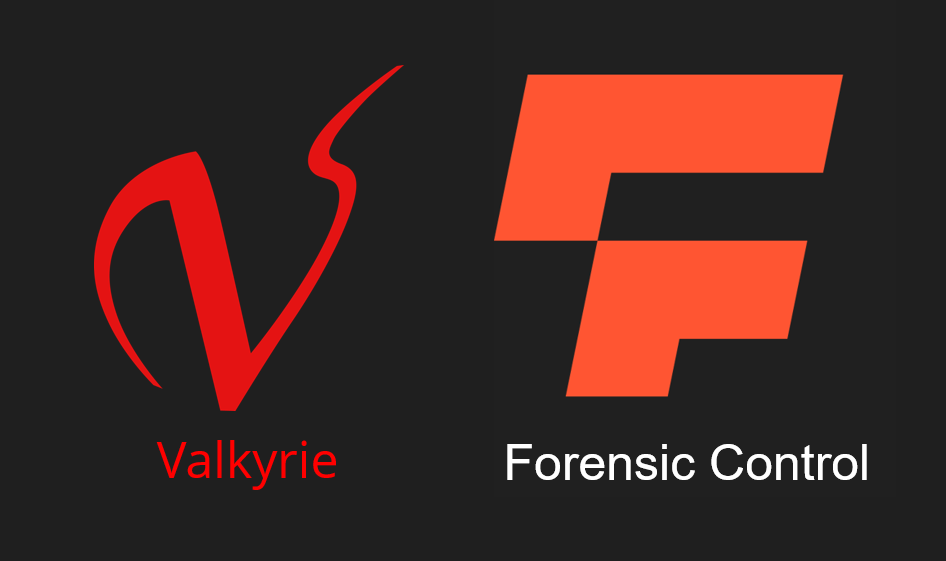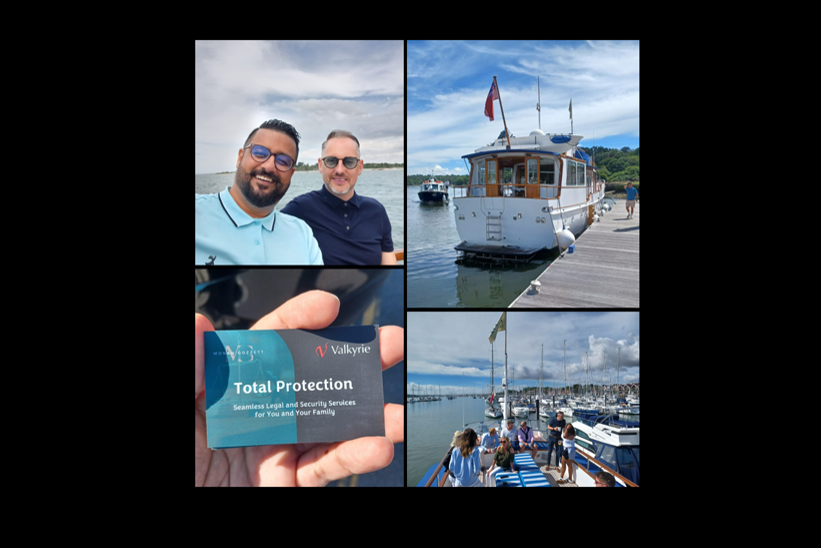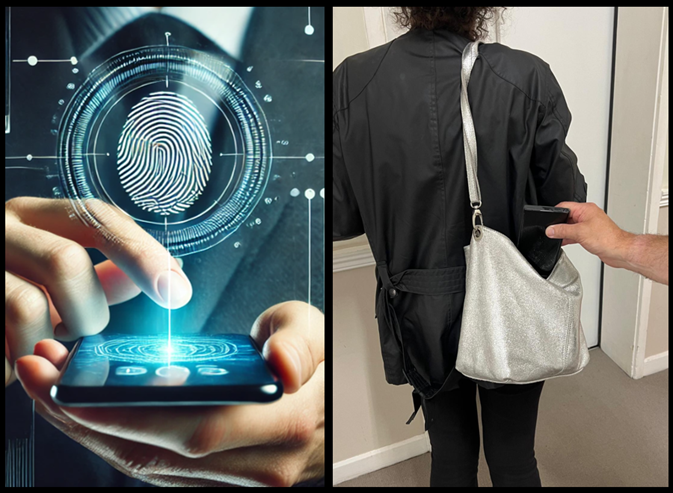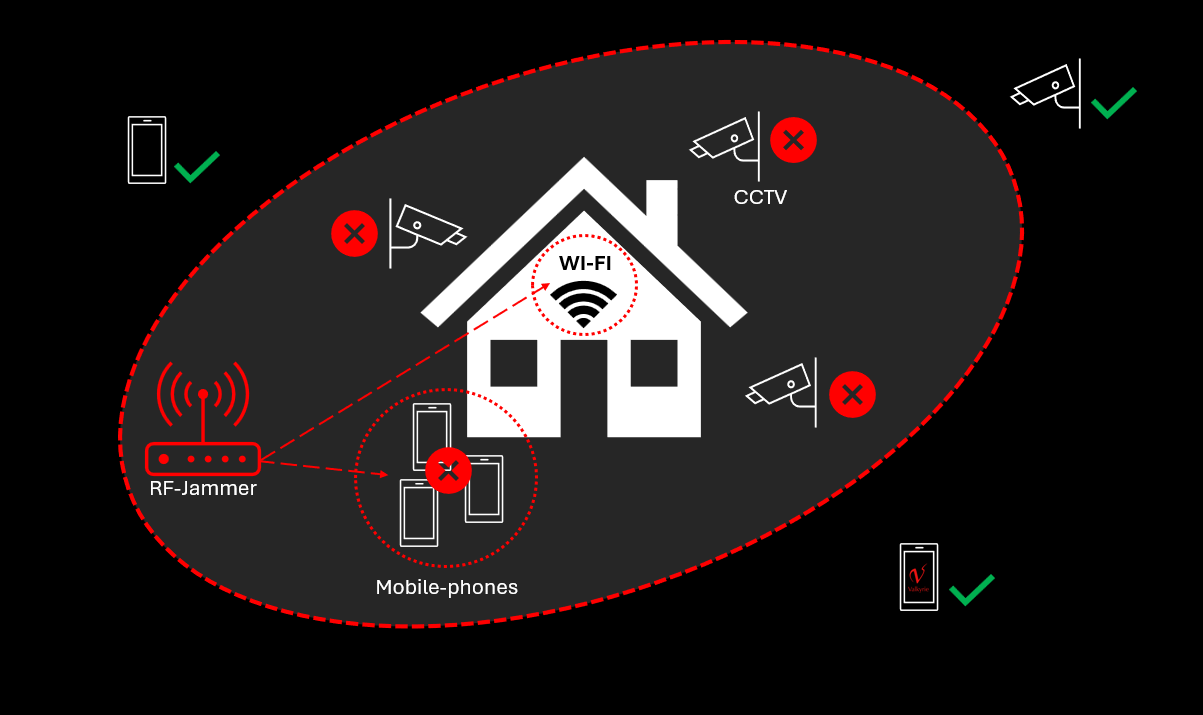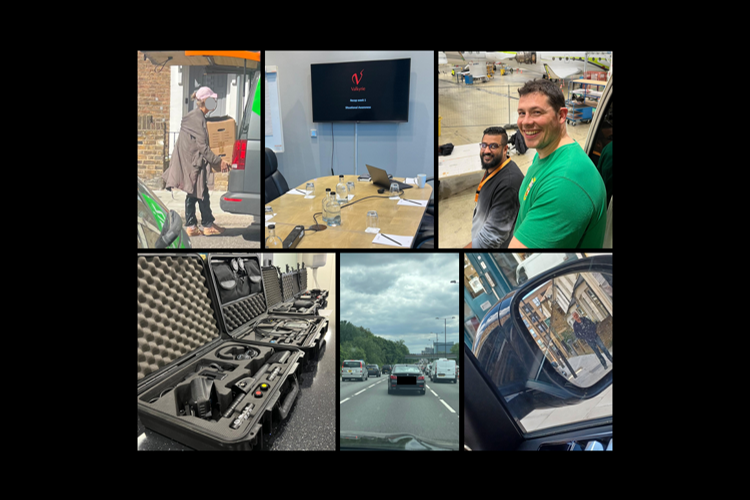The aim of an investigation is to gain as much info about the case/individuals involved. One source that can provide useful intel is information from images, such as photos and videos. Forensic information from images can provide vital clues/evidence. We often hear the police during an investigation say they are trawling ANPR/CCTV footage and its pretty standard for an appeal go out for phone, dash cam or doorbell footage.
The use of imagery in investigations is nothing new. However, with the advances in digital photography, mobile phones and social media (SM), it’s fair to say the use of imagery has exploded in recent years – in 2021, 88% of the UK’s total population had a smartphone, the number of SM users (2022) was 84%. So, with almost 9/10 of us having a smartphone/SM presence you can see how fruitful both sources might be during an investigation, be it a snap-shot of an incident or a selfie on a night out.
However, criminals (now more than ever) are using the same investigation skills (OSINT), they use photos (often posted on SM) to assess potential targets and plan criminal activity, the more information from images they can gain will fuel their interest in a particular individual/location. We should all be careful of what we post on line, often what appears to be an innocent photo can provide key intel for a criminal, especially in the background. Info criminals look for includes:
- Geolocation e.g. a specific city. Be mindful of ‘reverse image search’ it finds similar photos and help identify such things as background landmarks
- Physical addresses/landmarks e.g. house numbers, street names/signs, monuments, shops etc.
- Building structures, used to gather info about security measures at a property
- People – appearance/clothing/behaviour – info that can be used to identify individuals, verify their presence at a specific location, or establish a link between an individual and an address/event etc.
- Vehicles – make, model, VRN (to target or confirm address location)
- Personal items e.g. presence of pets, photos, tools, brands, electronic-devices, jewellery – can be used to identify specific items or establish a link between individuals/specific objects
- Time/Date to determine the availability/routine of individuals and/or to plan criminal activities
- Verify/authenticate other info and provide additional context to individuals/events/locations
It is important we’re all aware of the info in the background of images and we take steps to protect our personal info, such as obscuring sensitive details or avoiding posting photos that could be used by criminals. Even the most cautious of us can unwittingly give away personal info. Consider everything, even the most innocent items such as hotel décor, plug sockets, airlines used can all be utilised by the criminal to build an intelligence picture.





